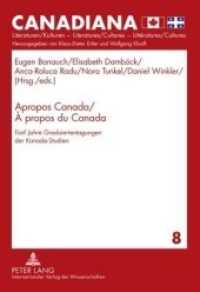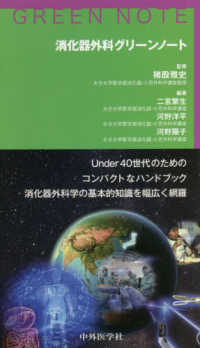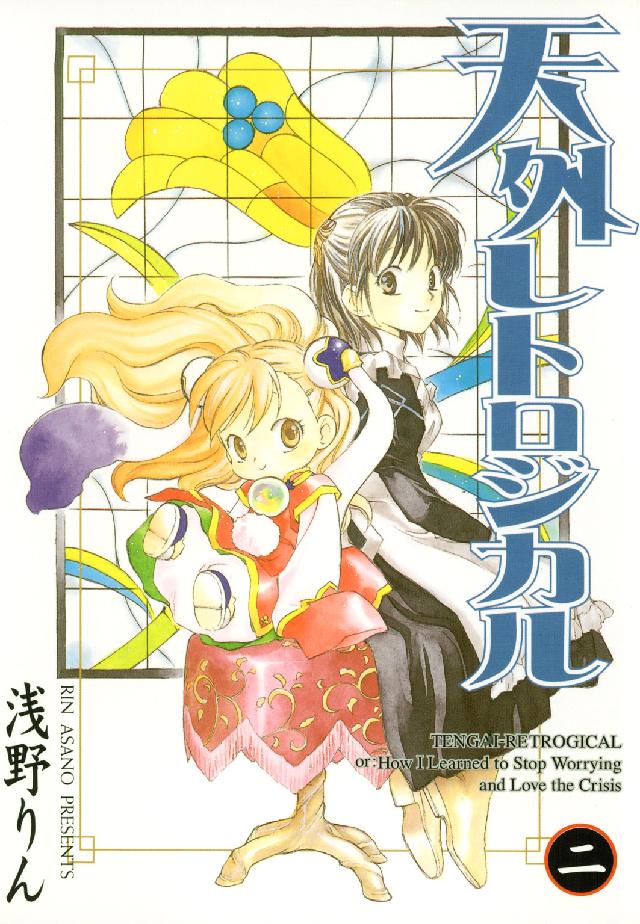Full Description
"The authors have taken a complex topic and presented it in a very readable, accessible manner. An ideal candidate for school-based professional development organized on the study group model."
—Joan Irwin, Education Consultant
Former Director of Publications, IRA
Use assessment to meet the strengths and needs of students and enhance learning!
Whether it is standardized test data, student journals, or informal classroom question and answer, assessments provide invaluable, ongoing diagnostic information for making key instructional decisions. In this engaging and comprehensive resource, Diane Barone and Joan Taylor demonstrate practical ways for embedding test preparation into teaching by integrating assessments and instruction to boost learning.
The authors provide testing content and procedures developed for inservice and preservice teachers, administrators, and coaches to help all students, including those who have previously failed. With rich classroom examples, dialogues, scenarios, checklists, and student work samples, this book illustrates multiple assessment formats with expert how-to and when-to guidelines for literacy, writing, listening, and speaking.
In language that speaks straight to educators, this handy, indispensable guide discusses:
Real cases and conversations that demonstrate actual assessment strategies in classrooms
Specific applications for math and science literacy
Preparation and grading for high-stakes testing
Practical help for portfolios
Rubric construction tips
The importance of oral and written literacy
Using The Practical Guide to Classroom Literacy Assessment, educators can measure students' abilities to navigate content and apply what they learn, and effectively support their academic success on standardized and formative assessments.
Contents
Acknowledgments
About the Authors
Introduction
1. Assessments With a Focus on Learning: Purposes and Promises
The Historical Root of the Matter
Which Literacies?
Audiences and Types of Assessments
Timing of Tests
Reasons for Assessments
Final Thoughts
2. Writing Assessments
Brief Historical Overview of Writing Assessments
Writing Assessments Today
Types of Writing Assessments
Writing Tasks
Evaluation Tools
Writing Assessment Formats
Assessing Processes
Assessing Products
Organizing and Administering Your Own Scoring Session
Final Thoughts
3. Reading Asessment
Teacher-Created Assessments
Commercial Assessments
Ongoing Assessments Used to Monitor Progress
End-of-Year Assessment
Final Thoughts
4. Oral and Visual Assessments
Speaking
Listening
Viewing and Experiencing
Audience and Purpose
Importance of a Variety of Assessment
Forms and Products
Final Thoughts
5. Assessment Portfolios
What Is an Assessment Portfolio?
What Are the Issues Surrounding Portfolios?
Final Thoughts
6. Putting Assessment in Perspective
Overview of Assessment Data
Uses of Assessment
A Few Final Assessment Caveats
Additional Resources for Assessment
Final Thoughts
Index








